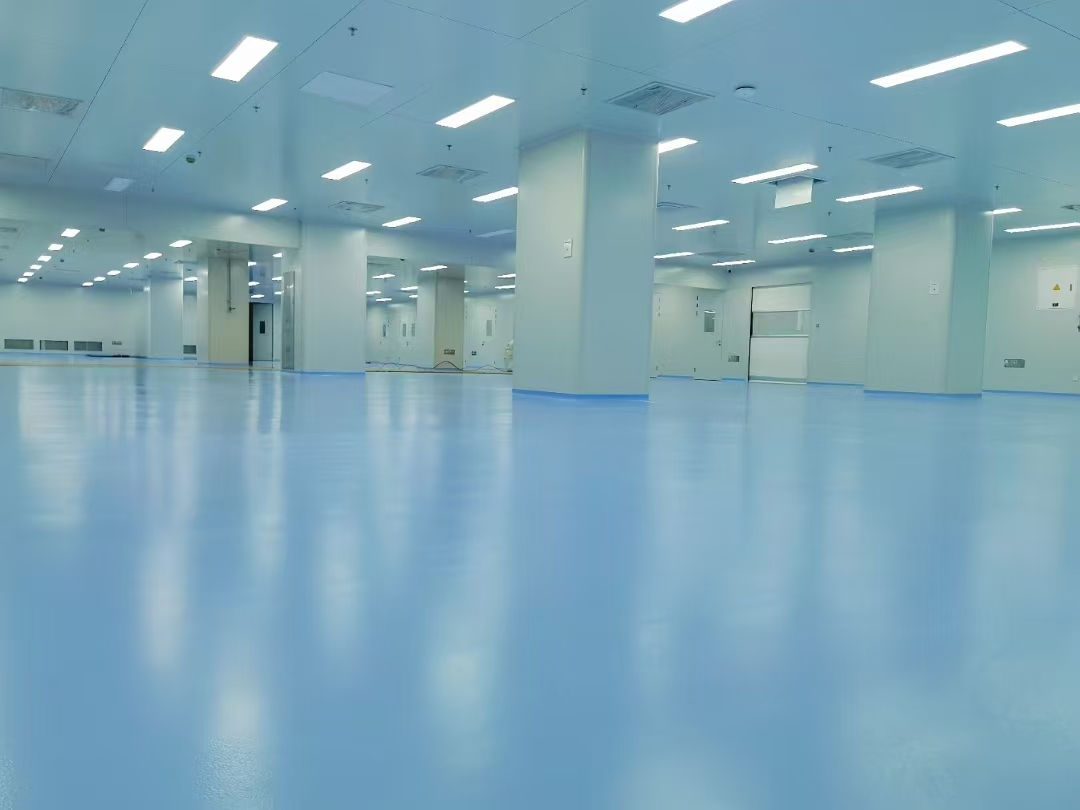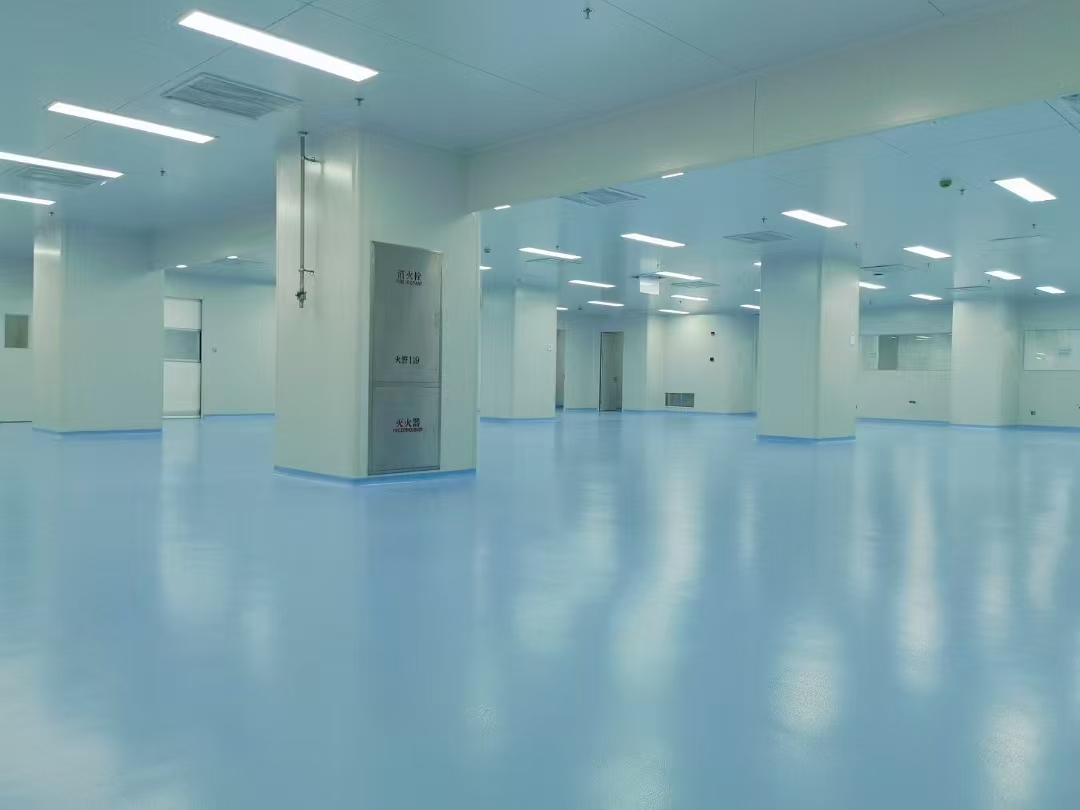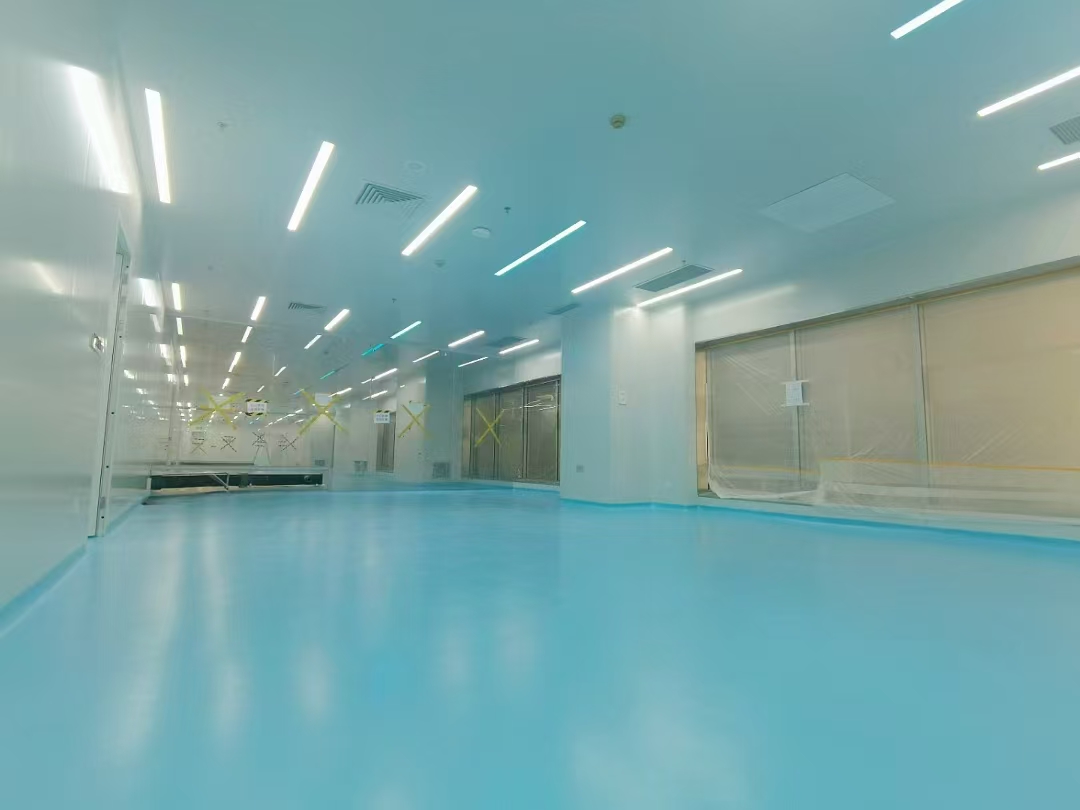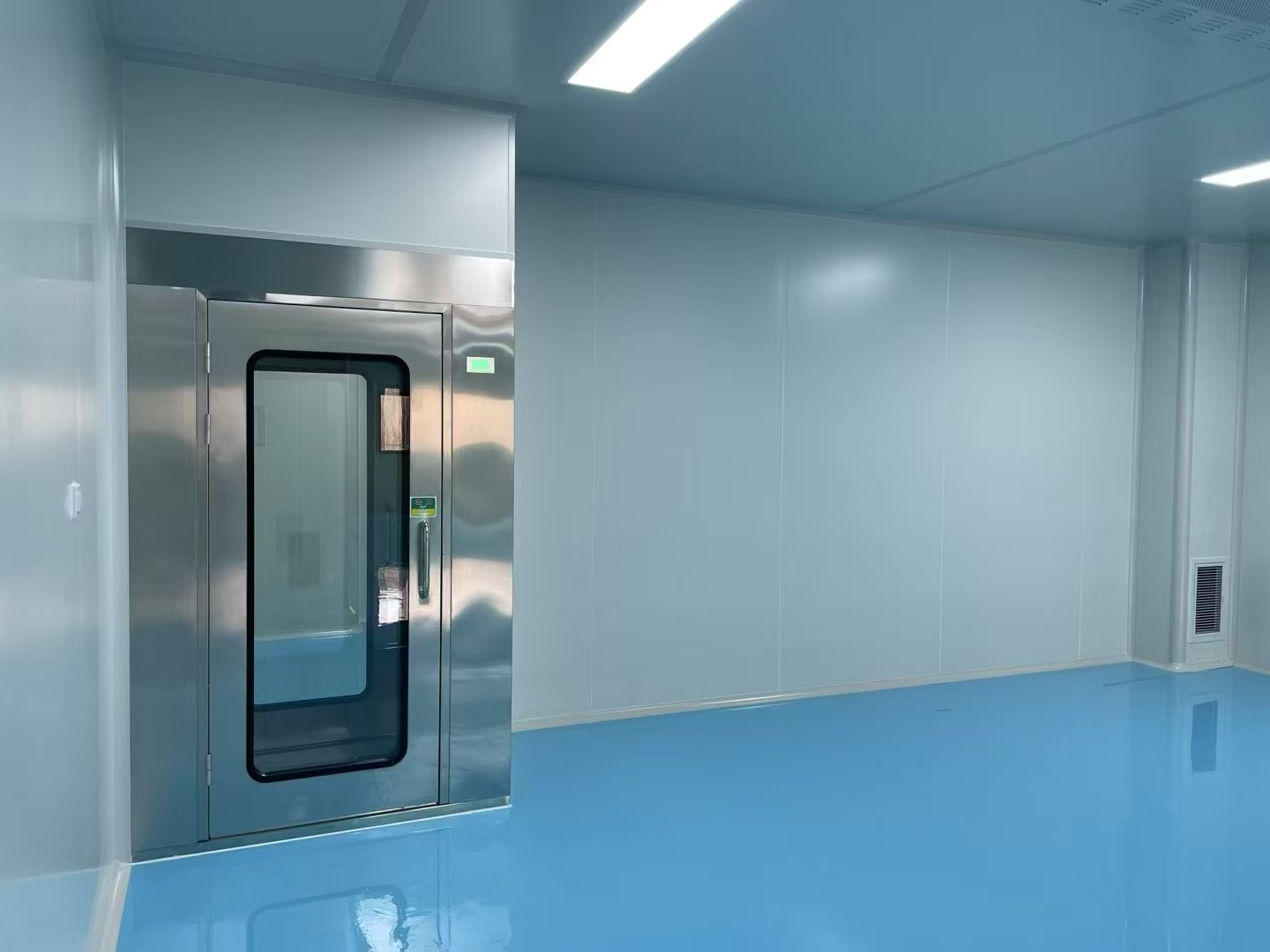

Cleanroom engineering refers to a project that takes a series of pretreatment and control measures to reduce the concentration of pollutants in environment and maintain a certain degree of cleanliness in order to meet certain cleanliness requirements, so as to adapt to specific operating requirements. Cleanroom engineering is widely used in industries such as electronics, food, pharmaceuticals, bioengineering, and biomedicine. The steps are cumbersome and rigorous, and the requirements are strict. The following will explain the steps and requirements of cleanroom engineering from the three phases of design, construction, and acceptance.
1. Design phase
At this stage, it is necessary to clarify important matters such as cleanliness level, selection of construction materials and equipment, and construction plan layout.
(1). Determine the cleanliness level. According to the actual needs of the project and industry standards, determine the requirements of the cleanliness level. The cleanliness level is generally divided into several levels, from high to low, A, B, C and D, among which A has higher cleanliness requirements.
(2). Select appropriate materials and equipment. During design phase, it is necessary to select construction materials and equipment according to the requirements of the cleanliness level. Materials that will not produce too much dust and particles and materials and equipment that are conducive to the construction of cleanroom engineering should be selected.
(3). Construction plane layout. According to the requirements of cleanliness level and work flow, the construction plane layout is designed. The construction plane layout should be reasonable, meet the project requirements and improve efficiency.
2. Construction phase
After the design phase is completed, the construction phase begins. In this phase, a series of operations such as material procurement, project construction and equipment installation need to be carried out according to the design requirements.
(1). Material procurement. According to the design requirements, select materials that meet the cleanliness level requirements and purchase them.
(2). Foundation preparation. Clean the construction site and adjust the environment to ensure the cleanliness requirements of the foundation environment.
(3). Construction operation. Carry out construction operations according to design requirements. Construction operations should comply with relevant standards and specifications to ensure that dust, particles and other pollutants are not introduced during the construction process.
(4). Equipment installation. Install the equipment according to the design requirements to ensure that the equipment is intact and meets the cleanliness requirements.
(5). Process control. During the construction process, the process flow should be strictly controlled to prevent the introduction of impurities. For example, construction personnel should take corresponding protective measures to prevent impurities such as hair and fibers from floating into the project area.
(6). Air purification. During the construction process, good environmental conditions should be created, air purification should be carried out in the construction area, and pollution sources should be controlled.
(7). On-site management. Strictly manage the construction site, including the control of personnel and materials entering and leaving, the cleaning of the construction site, and strict closure. Avoid external pollutants from entering the project area.
3. Acceptance phase
After the construction is completed, acceptance is required. The purpose of acceptance is to ensure that the construction quality of the cleanroom project meets the design requirements and standards.
(1). Cleanliness test. Cleanliness test is carried out on the cleanroom project after construction. The test method generally adopts air sampling to determine the cleanliness of the clean area by detecting the number of suspended particles.
(2). Comparative analysis. Compare and analyze the test results with the design requirements to determine whether the construction quality meets the requirements.
(3). Random inspection. Random inspection is carried out on a certain number of construction areas to verify the credibility of the construction quality.
(4). Corrective measures. If it is found that the construction quality does not meet the requirements, corresponding corrective measures need to be formulated and corrected.
(5). Construction records. Construction records are made, including inspection data, material procurement records, equipment installation records, etc during the construction process. These records are important basis for subsequent maintenance and management.


Post time: Jun-12-2025

